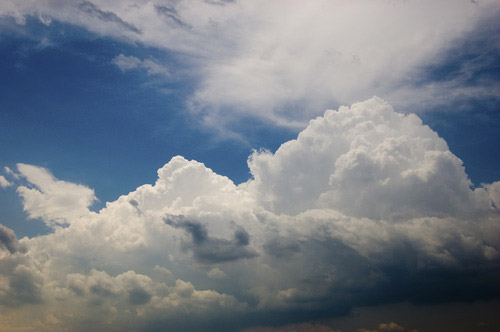What is Weather?
Weather is the atmospheric conditions, over a short duration, at a place for a certain time. Weather is defined by different variables. Click on each of the variable names on the right to explore more about them.
The amount of water vapor in the air. It is often confused with relative humidity or dew point.
Air that flows in relation to the earth's surface, generally horizontally. There are four areas of wind that are measured: direction, speed, character (gusts and squalls), and shifts. Surface winds are measured by wind vanes and anemometers, while upper level winds are detected through pilot balloons, rawin, or aircraft reports.
Any and all forms of water, liquid or solid, that falls from clouds and reaches the ground. This includes drizzle, freezing drizzle, freezing rain, hail, ice crystals, ice pellets, rain, snow, snow pellets, and snow grains. The amount of fall is usually expressed in inches of liquid water depth of the substance that has fallen at a given point over a specified time period.
The measure of molecular motion or the degree of heat of a substance. It is measured on an arbitrary scale from absolute zero, where the molecules theoretically stop moving. It is also the degree of hotness or coldness. In surface observations, it refers primarily to the free air or ambient temperature close to the surface of the earth.
The force per unit area exerted by the weight of the atmosphere above a point on or above the earth’s surface.
